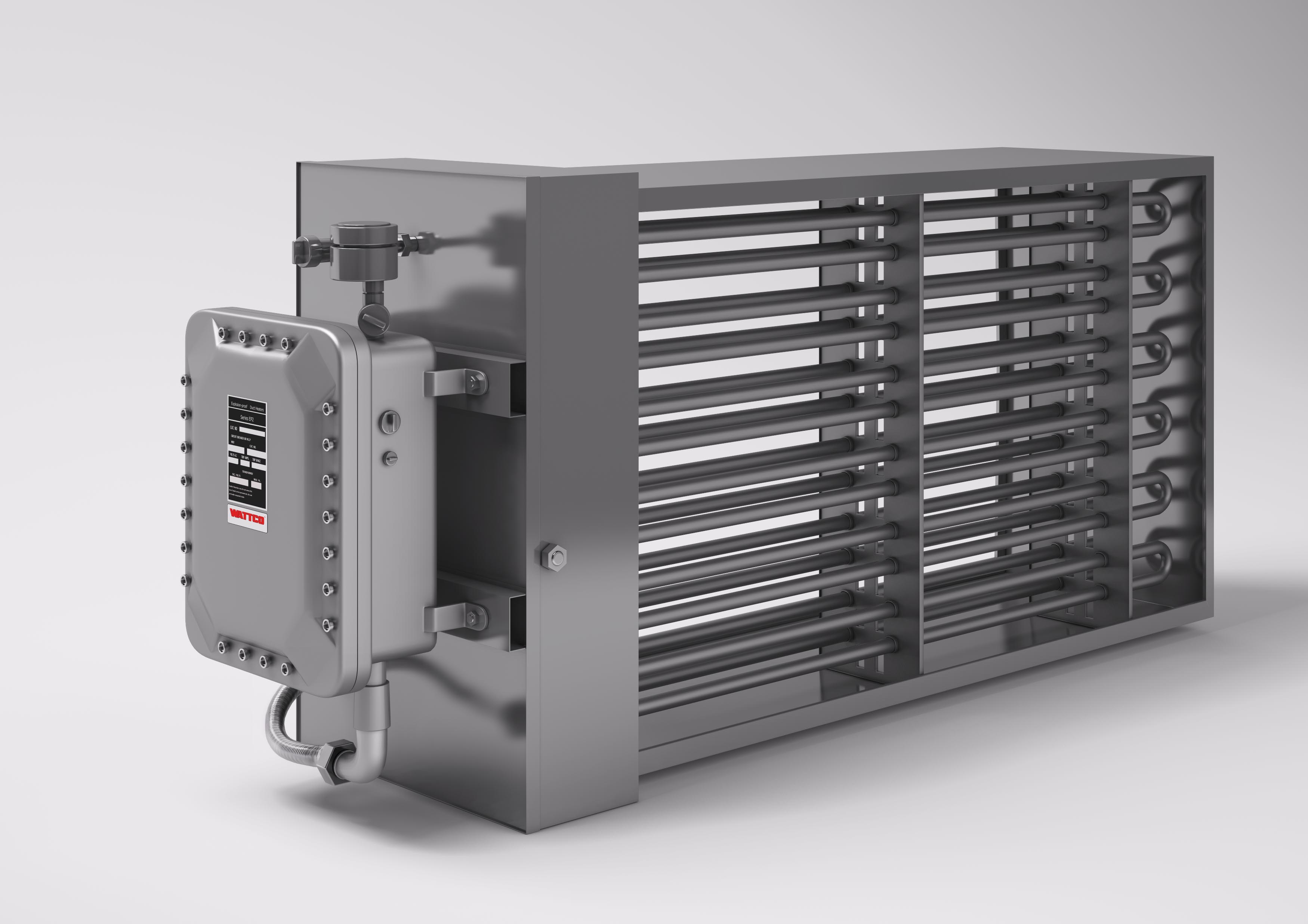Explosion-Proof Duct Heater Selection For The Mining Industry
Xproof duct heaters are used in commercial duct heating applications in hazardous environments. Generally, this involves the manufacturing or presence of potentially explosive substances. Some of the industries that most often use explosion-proof duct heaters include:
- Mining
- Petrochemical
- Oil & Gas
- Sewage Treatment
In this article, we examine the application and selection of explosion-proof duct heaters in the mining industry.
Mining: Explosion-Proof Duct Heater Applications
The application of a heater determines the best configurations and additional features to include. In the mining industry, there are a number of applications for duct heaters.
Comfort Heating
For onsite housing and working areas, duct heaters provide comfort heating through central air systems. This is especially important in colder climates. This heating system circulates hot air, providing safe and comfortable work/living conditions.
Hot Gas Generation
In hot gas generation, the explosion-proof duct heater heats gas which is used to dry out minerals. This is an essential practice in coal and copper mining. Wet copper concentrate results in increased energy consumption and off-gas flow. The duct heaters play an important role in removing moisture.
Ventilation Shaft
In mines, the ventilation shaft is essential. Duct heaters are used in ventilation for heating shaft intake air. They heat and dry out air that it circulates through the mine. This creates a safe environment and efficient environment inside the mine.
Safety Features
To withstand the potential hazards, explosion-proof duct heaters have a specific design, material, and accessory needs. They use thick carbon steel and a nickel-plated finish to help protect against, and reduce, the risk of explosion.
The heavy carbon steel is very durable to protect the finned tubular elements. The nickel finish adds further safety by allowing for efficient, low-temperature heat transfer. This low-temperature transfer helps to reduce the risk of explosion.
In addition to the special construction of Xproof duct heaters, they can also take advantage of several safety features:
Thermocouples
The standard for explosion-proof duct heaters is factory-installed high-limit sensing thermocouples. These shut down processes if the temperature threshold is exceeded, preventing overheating. As a result, high-limit thermocouples reduce the risk of explosion.
An outlet air thermocouple can add further protection.
Differential Pressure Switch
Another core safety feature is the differential pressure switch. A differential pressure sensor can monitor flow and pressure in a contained vessel. A differential pressure switch allows the sensor to automatically react.
When necessary the switch can normalize pressure by:
- Turning on motors or fans
- Opening or closing dampers
- Turn on warning signals/alarms
It is a simple, automated device that can help avoid explosions and alert workers to danger or problems.
Control Panel
Digital control panels are available in explosion-proof as well. These are NEMA 7 rated control panels, which are well-suited for use with Xproof duct heaters. They allow the control panel to run its usual operations, controlling temperature and flow, without leaving it vulnerable to hazards.
Control panels allow for automated or remote operation. This eases operation, as well as preventing workers from having to enter hazardous areas.
How to Select an Explosion-Proof Duct Heater
When choosing an explosion-proof duct heater, it’s important to consider the unique specifics of your operation. This will result in a safer, more efficient operation. Follow these 7 steps to select the right duct heater for you.
1. Find the Temperature Code Rating
The temperature code rating is the maximum surface temperature generated. For explosion-proof duct heaters, the standard temperature codes are generally T2D, T3A, or T3B.
2. Determine the Wattage
For safe operation, the right kW rating must be chosen. In most standard units, the kW range is under 50 kW. For a higher range, a custom unit is necessary.
3. Find out the Air Flow Requirements
Determine the ideal airflow requirements for the duct. This may affect the ideal size and power for your process.
4. Determine Duct Size
The available duct heater size may limit the size of your ducts. Inform the heater manufacturer of the duct size to get the right fit.
5. Find the Voltage
The right voltage settings are important for selecting the right heater. Determine the power supply voltage and phase you require. Typical units offer a range between 208 & 600 V.
6. Calculate Temperature Rise
Duct heaters also need to account for the rise in temperature. To calculate your temperature rise, calculate:
(kW✖️3000) ➗ SCFM = ℉ Temperature Rise *SCFM is Minimum Air Flow
or
( kW✖️47.2) ➗ m3/min = ℃ Temperature Rise
7. Contact Wattco
Wattco’s team of engineers can help you choose the optimal explosion-proof duct heater for your specific needs and budget. Get the most efficient and effective hardware with custom-manufactured heating solutions.
Contact Wattco today for industrial heating quotes or more information.

